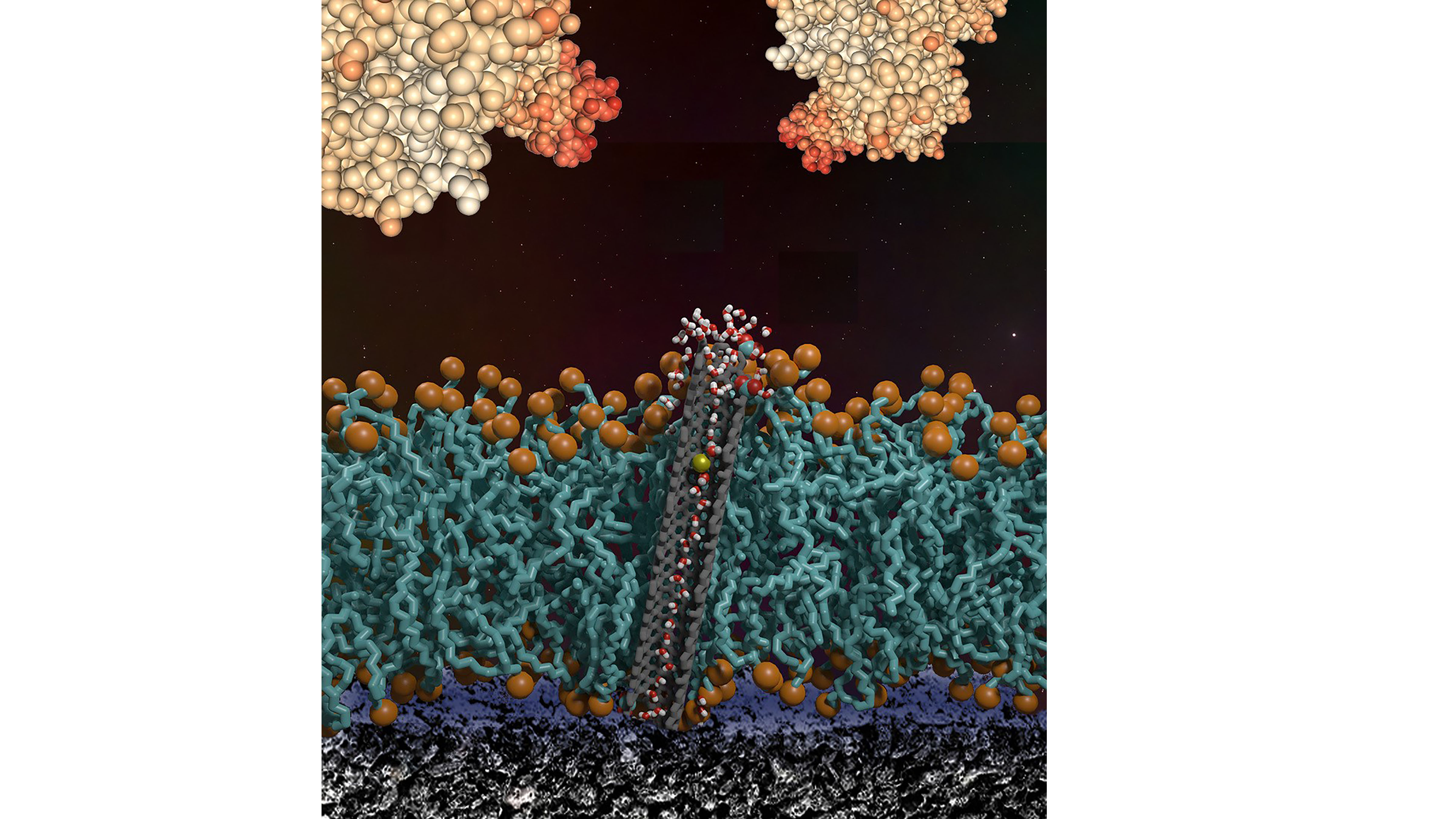Some promising biosensors and medical devices work well within pristine laboratory environments but may stop working once exposed to real-world conditions. A thick layer of foulants will quickly cover biosensors, and there is no good way to revive them once they quit working. Essentially, a biosensor is only as good as its antifouling properties. In APL Materials, researchers review a variety of approaches developed to combat fouling.
